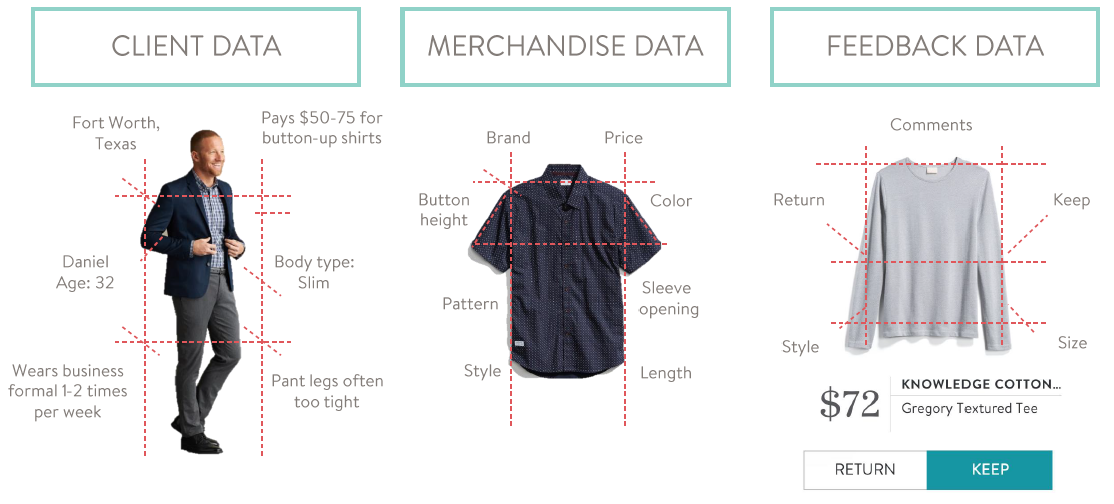
How to do tailored email marketing without being creepy
Personalization is now everywhere and people are used to seeing ads about what they just browsed for.
But the rise of ad blockers and after the Cambridge Analytica scandal, they are less likely to overshare personal information such as locations, work place, education, etc. on social media. We collectively as marketers have overused the tools at our hands and now the public is sick of it, driving costs of acquisition up with their inactivity.
In one recent survey, only 17% of internet users say it is ethical to collect data for personalizing experience and offers. In another, 51% of people said they didn’t want to trade privacy for personalized ads.
Email still works and mainly because it is aimed at existing customers or at least people who registered on your site. It is not cold calling like most ads. Personalized emails get 29% more opens and 41% more click-throughs. The same study found that personalized automated emails get double the transactions of non personalized ones.
But as everyone uses email, it too needs to get better if you want your subscribers to keep opening your emails and converting. When people are worried about their privacy, your emails should give them a peace of mind.
To stand out from the crowd now means to deliver tailored offers so good and on point that people immediately see the value of you tracking their behavior on your site.
“Consumers react poorly when personal information is used to generate a recommendation or an advertisement that feels intrusive or inappropriate. Conversely, they will give advertisers more leeway if they are delighted by recommendations. For example, Stitch Fix,[…], knows a lot about its customers, including […] their weight and bra size. But this information is extremely useful to the site’s service of curating a package of clothing pieces that suit the customer[…]. Because Stitch Fix’s use of personal information is appropriate and helpful, it doesn’t feel invasive.”
TLDR: When customer data is used to deliver superior tailored experience, customers don’t mind giving it. But they have to truly appreciate what they’re getting in return.
But how to deliver tailored experience and offers to your customers without being creepy and over the top?
- On the website, it’s bets to use “taste” surveys to determine what types of products each person is interested in and show them a tailored version.
- In your email marketing, tailor your engagement and offer based on customer data you get in your ecommerce CRM. It’s your data, use it well.
This article looks into all the kinds of tailoring you can do for each piece of customer data you have in your ECRM to create ultra-customized experience and send relevant emails.
Email campaigns tailored by location
-
Seasonal and climate-specific offers
If you sell globally, your customers live in different seasons at any given time. It’s a good idea to customize your offers by the weather they’re currently experiencing rather than just blasting “summer” or “winter” offers.
Australians wouldn’t be thrilled about “NEW IN winter blues teas” in the heat of summer (of course, many people shop off season for better prices, but this applies to sales only). You’d better send different new seasonal offers to different countries according to their location on the globe.
Also, especially brands in fashion, be careful about regional peculiarities when it comes to dressing for a season. For example, Europeans are used to a diverse climate and do dress weather-appropriate with tights, boots, etc. Marketing bare legs and sheer dresses to them in the middle of winter won’t get you far. But New Yorkers where tights are a tabu will expect it.
-
Local events
When you have abundant information about your customer’s address, you can take your relationship a step further, meeting them in person.
You can organize a pop-up store in the cities where your most loyal fans are. Or you can join local fairs and markets that fit your brand.
Make sure to invite the right people in your customer database to the event and make them feel special to your brand. This will increase their brand loyalty.
And this can also be the basis for opening physical stores in those locations, if that’s a part of your strategy.
Email campaigns tailored by customer activity on site
-
Last order > TBO
If a customer’s last order was before a period of time longer than the average time between orders, they might be slipping away. You want to re-engage them in a way to win them back, not scare them away for good.
Compare your time between order to other DTC brands
Go over how they shopped in the past – did they shop more frequently before and what did they buy? Use these insights to craft a message that doesn’t scare them away.
This tactic also lets you loosen up a bit and not annoy your customers unnecessarily with too many emails. You’d have a system in place to fight churn, but not spam the other customers who visit you more often.
More on the best customer retention practices
-
Feedback given
If you want to be a customer-centric brand, customer feedback is essential. A happy customer is a returning one so we recommend gathering customer feedback often and using it as a reason for further communication.
In Metrilo, you can see what feedback score each customer gave you (if they respond multiple times, you also see all scores and the orders connected to them).

Customer feedback in Metrilo
First, you can respond to it. Get back to high scores with a gift or another reward.
Reach out to neutral score givers and dive deeper into what they like and don’t like.
About the negative reviews, fix what you can and let the people know in the hope it will keep them as customers. If you cannot fix the issue, get back to them as well and explain. Transparency and authenticity are highly appreciated.
Then, use the feedback to improve your brand. Cosmetic brand Native (now part of P&G) reformulated their deodorant 30 times to get to the product people love. More of Native tactics to success here.
Steal the wording people use to describe your products in your future email copy. Cut the products that lead to bad reviews and make more of the ones that win you loyal customers – and make it known in emails.
More on using customer feedback
-
Holiday shoppers
If you track customer retention, you know holiday shoppers, the people shopping between the end of October and December, are a special group. They usually are not your target group and shop for gifts for others. That’s why it’s hard to keep them engaged with the brand.
But we suggest you try. First, because they will need more gifts for other occasions. And second, because they might eventually decide to try your products for themselves. Think about the woman buying gifts for her friend’s kid one year and then shopping for her own baby the next.
So, from their holiday shopping deduce whom they buy for and send them more relevant offers and information. Shopping guides are also useful because those people may not know enough about the product.
More about reactivating holiday shoppers after the holiday season in this ebook.
Email campaigns tailored by customer’s shopping habits
There are no more relevant emails than those reacting to the authentic customer behavior.
-
Buy only on sale
Do you track who converts from sale landing pages? If yes, you know who buys only on sales. Those people are price-conscious so pushing them to buy new collections at full price most probably won’t work.
Instead, it’s alright to go on reaching them with sales only. They will be happy with the prices and your email marketing will be more effective. No need to shoot in vain.
-
Use coupons
In your ECRM, you should be able to filter people by the coupon they used to order. Maybe some use coupons more often than others. This is a legitimate shopping habit (especially if you have free shipping coupons hidden on your home page like H&M) to respond to.
More on tracking coupon performance
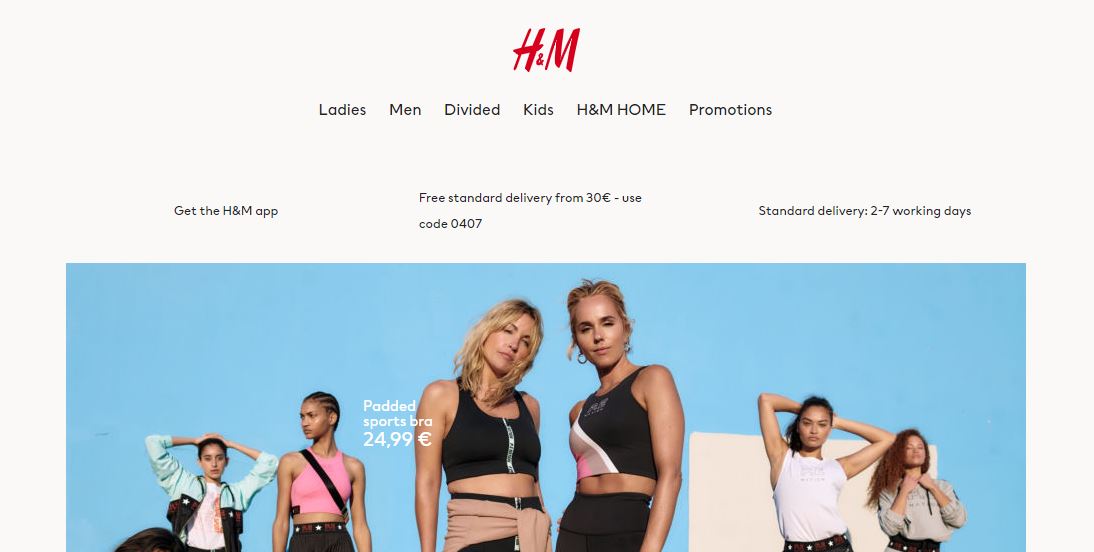
Source: H&M Luxembourg
The logic is the following: if people love shopping from you and they use coupons for it, there’s no harm. Others probably check your site for what’s new every week and shop at full price so to each their own. Segment your coupon users and tag them so every campaign they get includes a coupon. If that’s the way to keep them shopping again and again, so be it.
More on driving repeat purchase rate
-
High LTV with few orders
Go through your customer base in terms of customer lifetime value. It says a lot about the relationship you’ve built with the customer.
One group to engage with special messaging are people who have spent a lot with your shop, but only in a few orders. This means they bought a few expensive items or just made a few big value orders, but don’t shop often.
One way to tailor your emails for them is offering other big-ticket items or bundles. Another is to promise them free shipping and priority service since they spent a lot in one sitting and this saves you handling costs.
A special service like maintenance or a consultation also can be a good extra perk for them if you want to keep them close.
The trick here is not to overdo things: those people won’t shop more often (that’s their way) so frequent reminders won’t do. But you can time your communication based on their activity so it feels natural and timely.
More about timing your emails
-
High LTV with many orders
This is the classic VIP segment. Those people are highly engaged with your brand and don’t need more stimuli to continue shopping, but nevertheless it’s good to reward their loyalty.
More customer segments and how to engage them
Tailored email marketing for them would include: discount coupons for next order, valuable content related to the products they buy, free shipping. Content marketing is huge for this segment because they know the brand well and are interested in your ideas. Video, guides, usage ideas and competitions with user-generated content are all engaging practices.
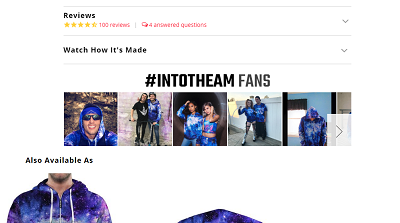
User generated content
-
Low LTV with many orders
Another segment that deserves your attention are the customers with low customer lifetime value who still shop a lot. They might be price-sensitive but yet appear to be brand loyal.
Check if they have many returns – if yes, it’s worth looking into the matter. Why do they return so often (quality, fit, size)? Personally reach out to them and try to resolve the problem because giving you so many chances means they really like the brand.
More on reducing returns in fashion ecommerce
If there aren’t many returns, those people just like to shop in small orders. One way to tailor their experience is to use a buy now, pay later checkout that lets people buy items in installments much like in-store credit.
Another is to create bundles or maybe looks (for fashion brands) that drive higher average order value without pushing people to shop more often. Fashion brand Vetta, focused on capsule wardrobes, lets you buy a whole capsule wardrobe of choice as a bundle, at a better price than buying the items separately.
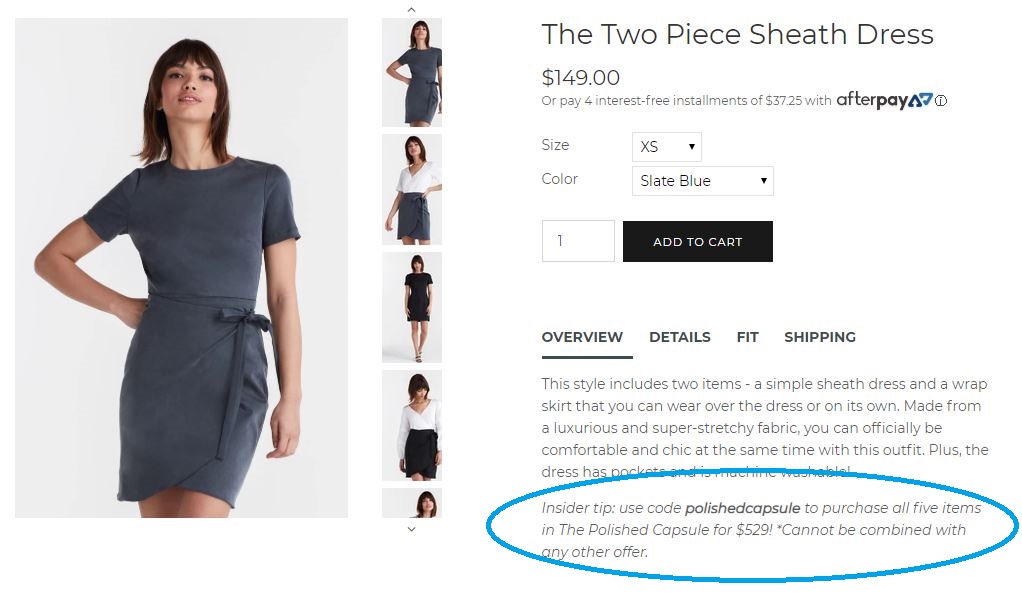
Source: https://www.vettacapsule.com
-
Browse abandoners
Browse abandoners are more hesitant shoppers who don’t buy spontaneously. They are likely to convert if you help them with more information.
For example, if they visited your Terms & Conditions page, they need more details and your browse abandonment emails should include that.
Also, if they always look at the plus-size section, there’s no need to send them general or petite items in emails. Tailor the shopping experience to their preferences to make them feel welcome and the results will follow.
More about converting hesitant shoppers
-
Buy through email campaigns
How do you know an email campaign works? If a good number of people converted through it, it works. This is a very good starting point for new campaigns if you don’t want to risk it.
Simply filter the people converted by a chosen campaign and create a similar one to reengage them. The same offer, the same call to action and design. If people liked it once, using that data to drive repeat sales is worth it.
-
Consume content
People are not generally fond of the idea that you can see everything they do on your site, but if they see a benefit in it, they won’t object.
Metrilo, for instance, shows each customer’s visit session – what they did, what they read, what products they looked at before buying. To customize the experience, you can use this data and tailor the content you send them for more relevancy.
They read your blog’s advice section? Send them more. They watch your community videos? Give them more of that. It is important to listen to people’s preferences because otherwise you lose relevance.
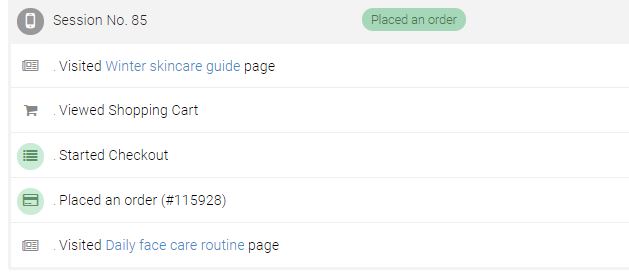
A customer’s session with content consumption in Metrilo
A person reading your style guides may not be interested at all in your podcast and you should respect that as not to annoy them. By all means, tell them that you have this other kind of content, but don’t push it on them.
More ideas about content marketing for DTC brands
It’s all about using the customer data you have to provide so much value that people happily share some details with you for this tailored customer experience. All of the suggestions above can be done quickly and easily with a CRM and email tool like Metrilo. Learn more.
Build and grow your ecommerce brand
Metrilo’s mission is to help you build your ecommerce brand and win your place in the customer’s heart. We share what we learn from our daily work with product innovators and founders here. Subscribe to our weekly newsletter to get the freshest lessons and conquer your niche.
We promise, no spam.
Thank you for subscribing!
See you soon :-)
